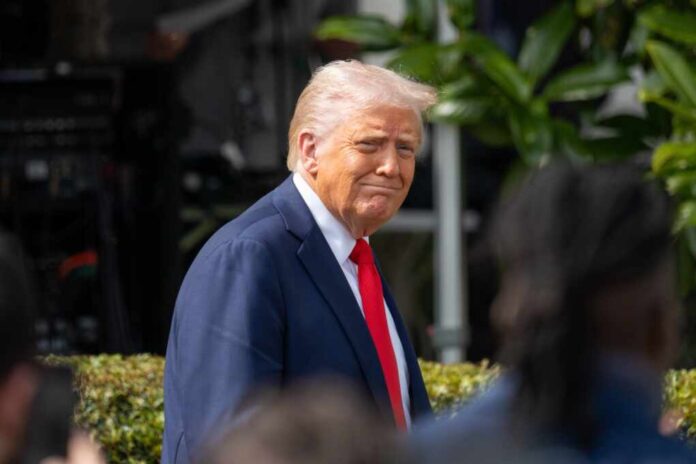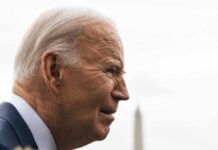
President Trump extends the federal hiring freeze through July 15, continuing his mission to slim down the government and drastically reduce federal staffing levels after already firing thousands of employees.
At a Glance
- Trump’s federal hiring freeze extension implements a one-for-four replacement policy after the freeze ends
- Military personnel, national security, immigration enforcement, and public safety positions remain exempt
- The IRS has already lost over 20,000 employees through buyouts and terminated 7,000 probationary workers
- Agencies can apply for exemptions through the Office of Management and Budget
- External contracting to circumvent the freeze is explicitly prohibited
Extending the Freeze Through Mid-Summer
President Donald Trump has extended the federal hiring freeze through July 15, 2025, continuing the policy first implemented on January 20, the day he took office for his second term. The extended freeze represents a significant step in the administration’s strategy to reduce the size of government while implementing what officials call a “merit hiring plan.” The freeze applies broadly across the federal government, though with strategic exemptions for positions considered essential to national interests.
Key exemptions include military personnel, positions related to immigration enforcement, national security, and public safety. The memorandum also explicitly prohibits agencies from using external contractors to bypass the intent of the freeze, a common tactic in previous government downsizing efforts. Agency heads are instead directed to maximize efficiency with existing personnel and resources.
https://t.co/Fu9UrJICtg
President Trump has signed an executive order extending the federal hiring freeze to promote fiscal responsibility and efficiency in government operations. https://t.co/Fu9UrJICtg— Executive Order & Presidential Action News (@47_Tracker) April 17, 2025
One-For-Four Replacement Policy
After the freeze concludes in July, a stringent workforce reduction plan will take effect. Federal agencies will only be permitted to hire one new employee for every four that leave through retirement or resignation. This policy aims to gradually and systematically reduce the federal workforce through attrition rather than immediate mass layoffs. The one-for-four rule signals a commitment to long-term downsizing beyond the temporary freeze period.
The White House stated that the hiring restrictions aim to reverse federal workforce growth that occurred during the Biden administration. Instead, the administration plans to prioritize private-sector job growth while focusing government operations on core functions. The policy represents a fundamental shift in philosophy regarding the size and scope of federal operations.
Significant Impact on IRS and Other Agencies
The Internal Revenue Service has experienced particularly dramatic staffing reductions under the hiring freeze. According to reports, the agency has lost over 20,000 employees due to buyout offers and terminated approximately 7,000 probationary workers. These terminations are currently being challenged in court, though the freeze continues. The IRS staffing restrictions will remain in place until Treasury Secretary Scott Bessent determines otherwise, in consultation with other administration officials.
While agencies can apply for exemptions through the Office of Management and Budget, the administration has already fired thousands of government employees across various federal departments since implementing the initial hiring pause in January. The memorandum does allow for internal reallocations or reassignments to meet priority needs and maintain essential services.
Broader Government Efficiency Measures
The hiring freeze is just one component of a multi-faceted approach to streamlining federal operations. President Trump established the Department of Government Efficiency specifically to identify and eliminate unnecessary programs. Additionally, the administration launched a 10-to-1 deregulation initiative requiring federal agencies to eliminate ten existing regulations for each new one they propose, ensuring new rules are justified by clear benefits.
The administration has also authorized voluntary buyout programs to encourage federal employees to leave government service, accelerating workforce reduction while providing financial incentives. These measures collectively represent what the White House describes as President Trump’s commitment to restoring efficiency and accountability in the Federal Government.

























